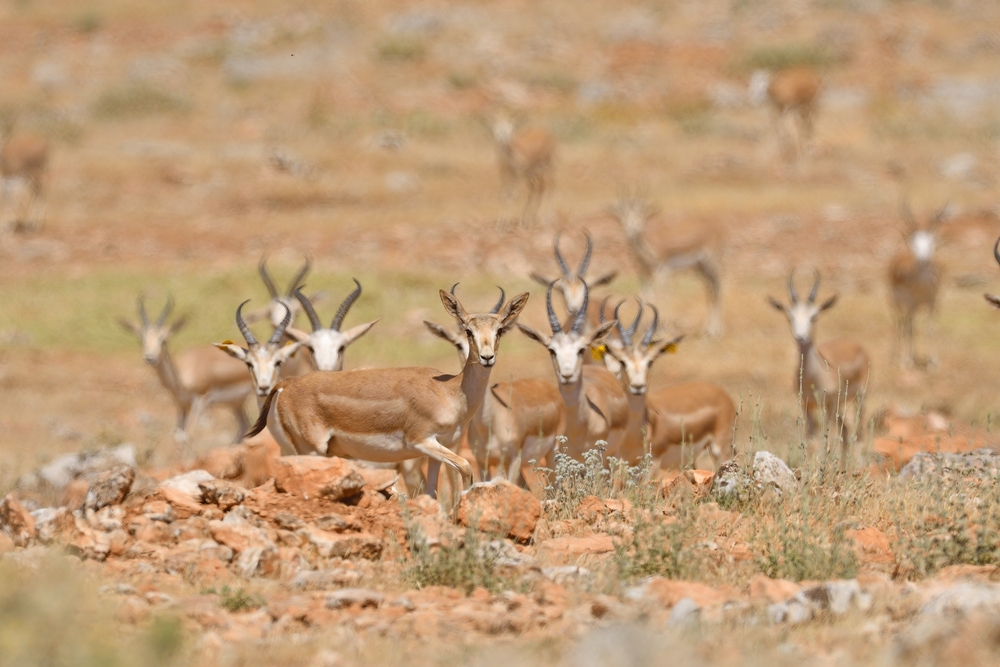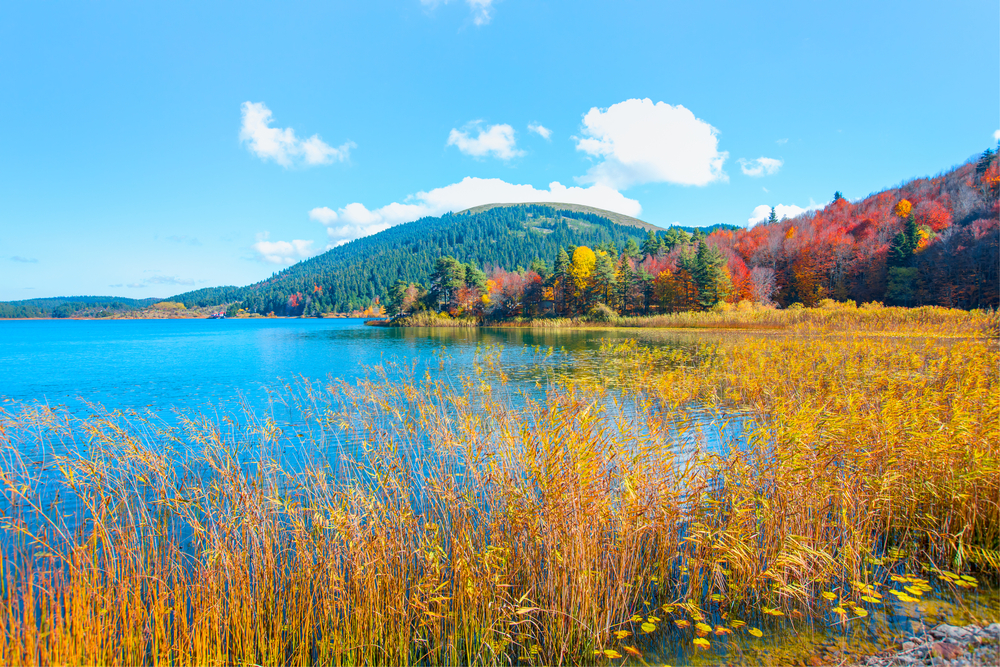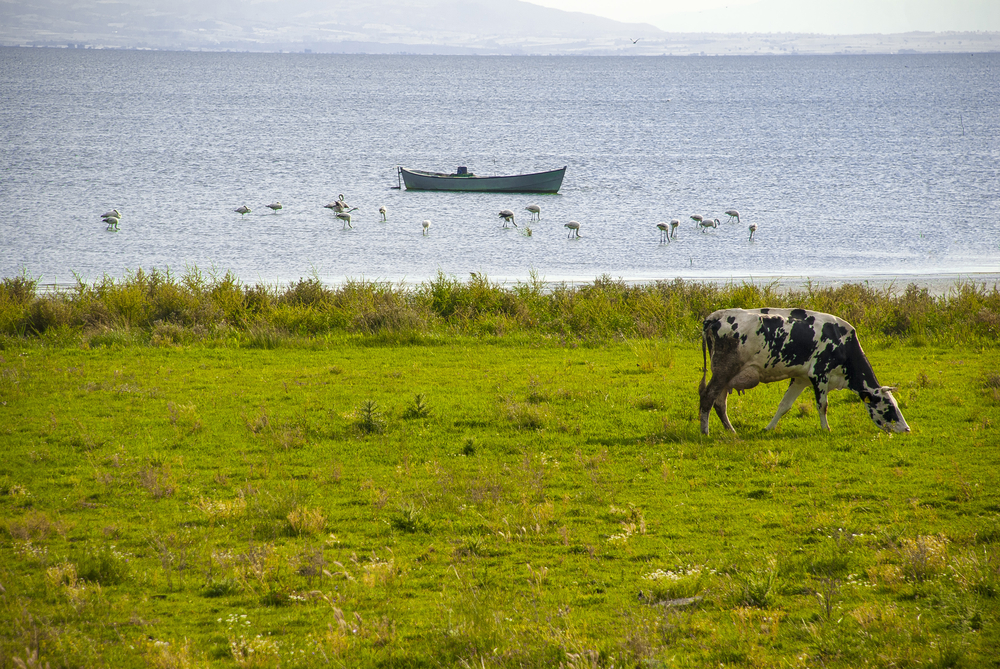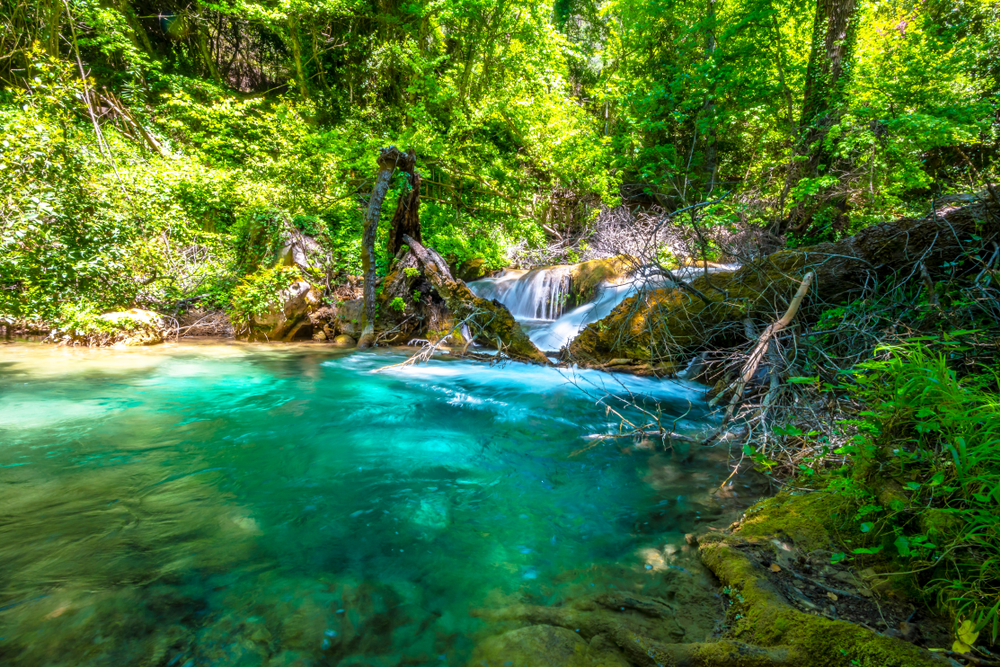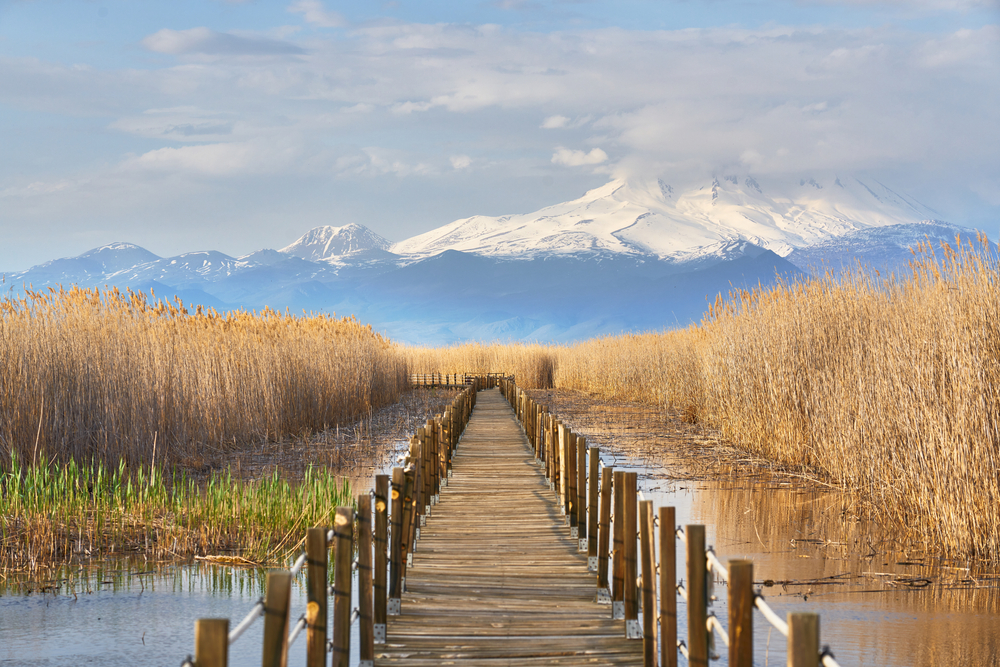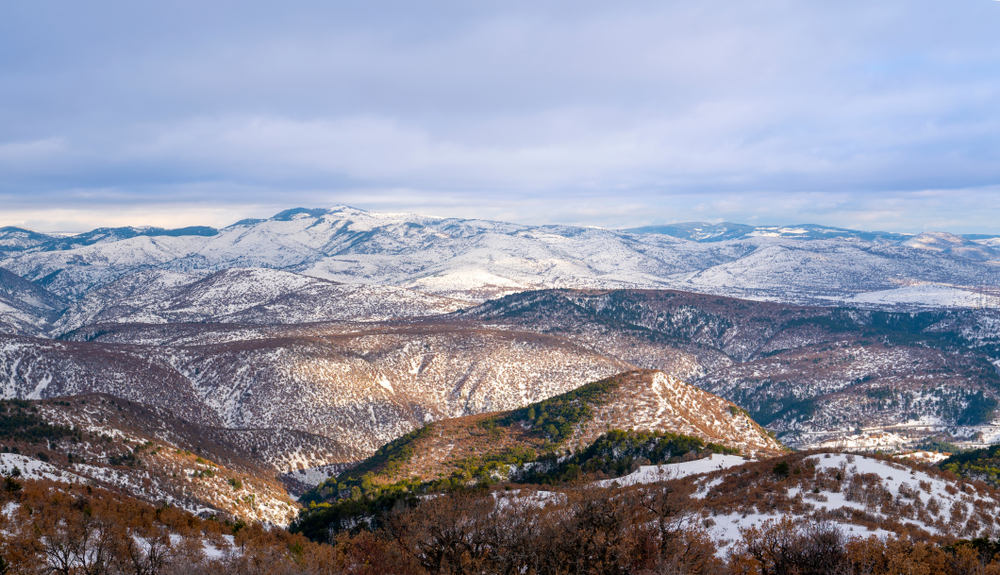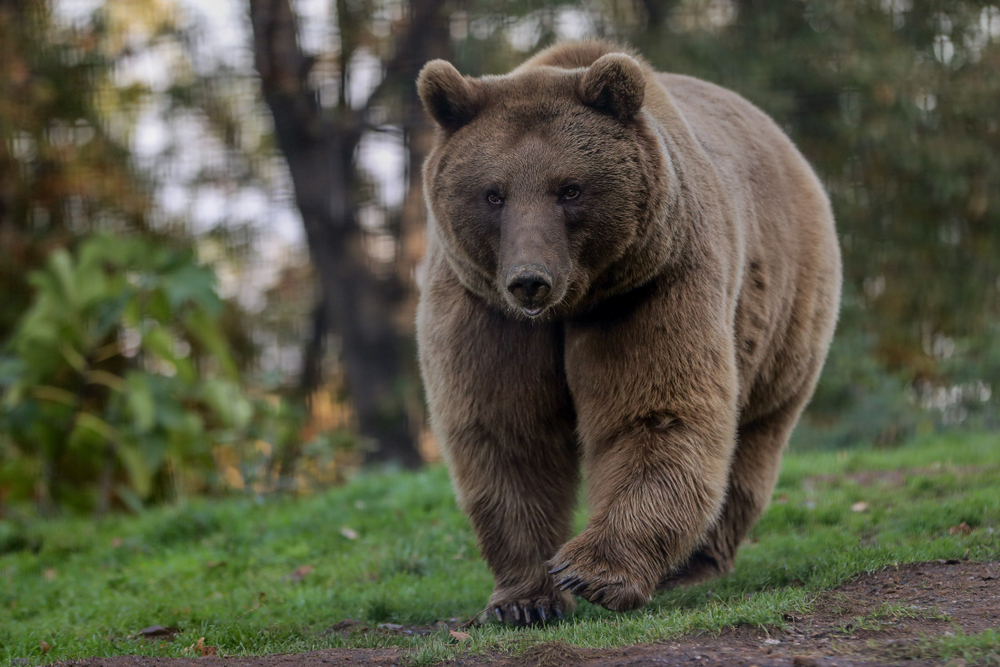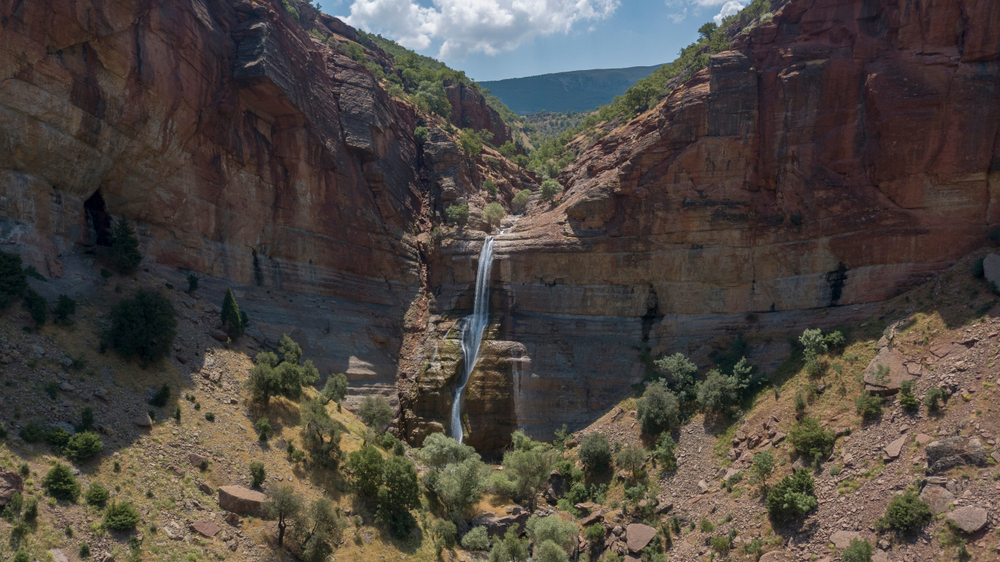Tek Tek Mountains Overview
Tek Tek Mountains National Park, known in Turkish as Tek Tek Dağları Milli Parkı, is located in southeastern Turkey within the borders of Şanlıurfa Province. Encompassing approximately 65 square miles (168 square kilometers), the park lies near the Syrian border in a region marked by arid highlands and ancient human history.
Officially designated as a national park in 2007, it is not only a site of ecological and geological interest but also a place of deep archaeological and cultural significance, hosting remnants of settlements and sacred sites that date back thousands of years.
The terrain of the park is defined by the rugged Tek Tek Mountains, which are more akin to a series of steep limestone plateaus and low-lying hills than towering peaks. These formations rise out of the dry Mesopotamian plains and are carved by valleys and dry riverbeds.
The arid climate and sparse rainfall contribute to a semi-desert landscape dominated by steppe vegetation, with hardy shrubs, wild pistachio trees, and drought-tolerant grasses covering much of the area. Seasonal wildflowers appear briefly in spring, offering bursts of color before the intense summer heat returns. The region also features scattered caves and karst formations, contributing to its geologic complexity.
The wildlife of Tek Tek Mountains National Park is adapted to the dry and open environments of southeastern Anatolia. Among mammals, the park is home to species such as gazelles, hares, foxes, and wild boars, with occasional sightings of wolves and jackals in the more remote areas.
Reptiles including lizards and snakes are commonly found in the rocky outcrops and sun-warmed slopes. Birdlife includes desert and steppe species such as larks, wheatears, and the chukar partridge, while birds of prey like kestrels and eagles are often seen soaring over the open terrain in search of food.
One of the most compelling aspects of the park is its cultural and historical significance. Tek Tek Mountains National Park contains numerous archaeological remains, including ancient temples, cisterns, tombs, and hermit dwellings carved into the rock.
The ruins of the Şuayb City and Soğmatar—an ancient site believed to have spiritual importance for early monotheistic communities—are among the most visited landmarks. These sites offer insight into the early religious and social structures that once flourished in the region and draw both researchers and tourists interested in the ancient world.
Visitors can experience the park through hiking, guided tours, and archaeological exploration. Trails lead through both natural and historical areas, with signage and information panels explaining the significance of the ruins and geological features.
The park is less developed than many others in Turkey, offering a quiet and off-the-beaten-path experience for those interested in nature, history, or photography.
Conservation efforts in the park focus on preserving its fragile steppe ecosystem and protecting archaeological sites from erosion and human interference. Challenges include illegal excavation, unmanaged grazing, and the dry climate’s impact on both vegetation and fauna.
However, increased awareness and improved park infrastructure have helped support preservation goals. Partnerships with academic institutions and local communities continue to improve monitoring and stewardship, ensuring that the Tek Tek Mountains remain a protected and meaningful landscape for future generations.








































































